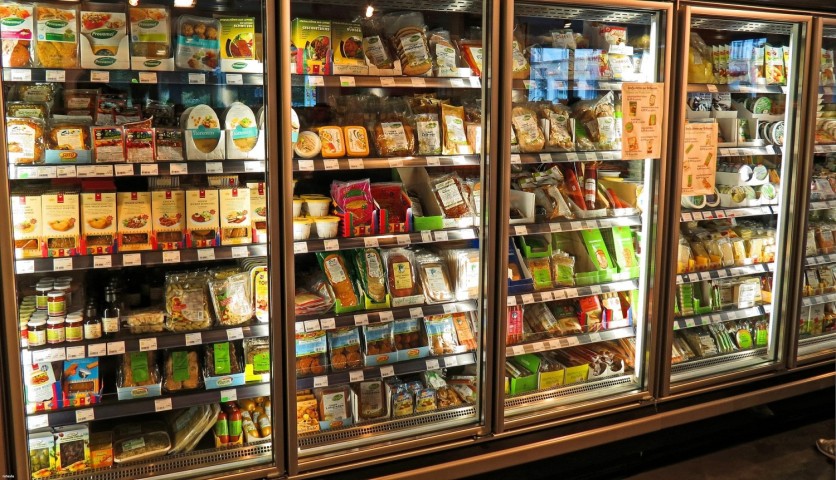Printed electronics are becoming more widespread even though they are still new in the market. The most recent development is creating electronic sensors that can be used to determine whether frozen goods have been thawed and then refrozen during delivery to a grocery store freezer.
As reported first by Interesting Engineering, experts at ACS Sensors have written about their work on edible sensor electronics that could detect food contamination or when it was refrozen to prevent its dangerous effects on human health when consumed.

Printing Sensors
The market for printed electronics is expanding, with revenue expected to reach $53.5 billion in 2021 and $103.8 billion by 2027. In just five years, from 2022 to 2027, that is a growth rate of 16.56%, according to Interesting Engineering.
The markets for printed electronics are booming as more and more devices, such as wearable electronics, biosensors, skin patches, and solar cells, incorporate printed circuits and sensors.
The scientists at ACS claim that it is possible to print sensors with practical applications in both the human and animal worlds.
Now, the ACS Sensor team has created an edible sensor that can detect whether food has been thawed and refrozen. It is made of food-grade components such as beeswax, salt, and red cabbage.
The use of materials with electrical properties that change during melting could be one approach to developing a sensor for frozen goods.
The safest way to monitor food would also be with an edible electronic device that only uses food and consumable components, as per Interesting Engineering.
The first entirely edible sensor was created by Ivan Llic, Mario Caironi, and a team at ACS Sensors. It was a self-powered temperature sensor with a visible color indicator for detecting frozen products.
Designing the Edible Sensor
The researchers began by creating a device that produced an electrical current when it thawed. They used a plastic bottle to carry an electrolyte solution to connect gold and magnesium electrodes.
The device was put to the test using naturally electrolyte-rich foods such as grape, melon, and apple as well as with frozen edible electrolyte solutions, such as table salt and calcium-containing salts.
The researchers ran a current between -58F and 32F, which they say would be fine-tuned depending on the amount and type of salt, after allowing the solution to thaw.
The device needed to be connected to a color-changing system in the following step. Red cabbage juice, tin, and gold electrodes were included in this. The fluid would change from its original reddish-purple color to a distinct blue when stimulated by an electric current, and such change could not be undone.
Putting all the components in a block of beeswax was the last stage in creating the device. The system has separate compartments for the temperature-activated and indicator liquids. This proved that the self-powered gadget could be used to monitor frozen food.
Researchers claim that this proof-of-concept sensor opens the door for the employment of edible materials in low-cost, safe technologies that can inform customers about the storage history of frozen goods.
Read also: 'Chameleon Robots:' These Robots Can Change Colors and Mimic Their Surroundings Through 3D Printing
This article is owned by Tech Times
Written by Joaquin Victor Tacla
ⓒ 2025 TECHTIMES.com All rights reserved. Do not reproduce without permission.




